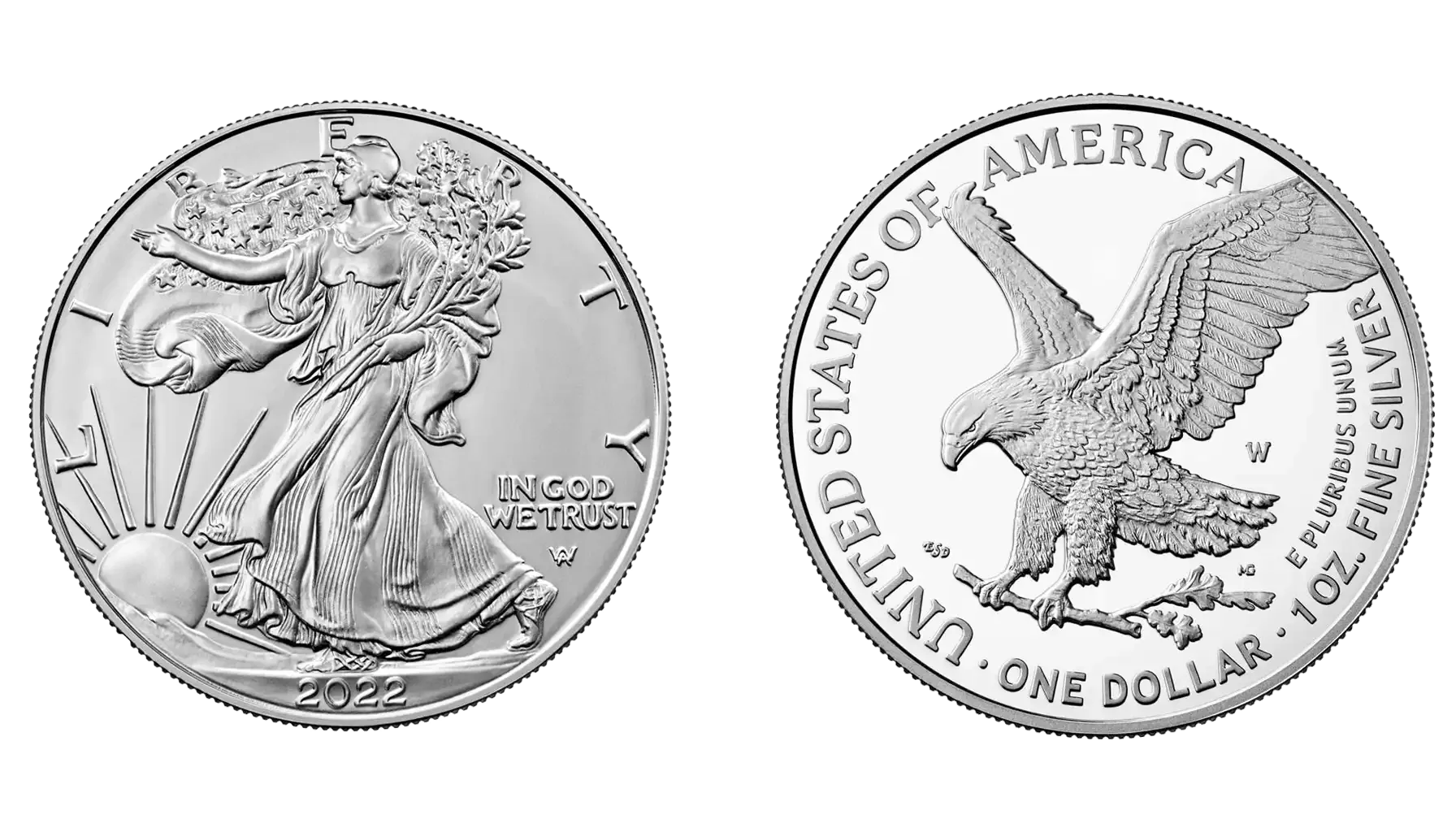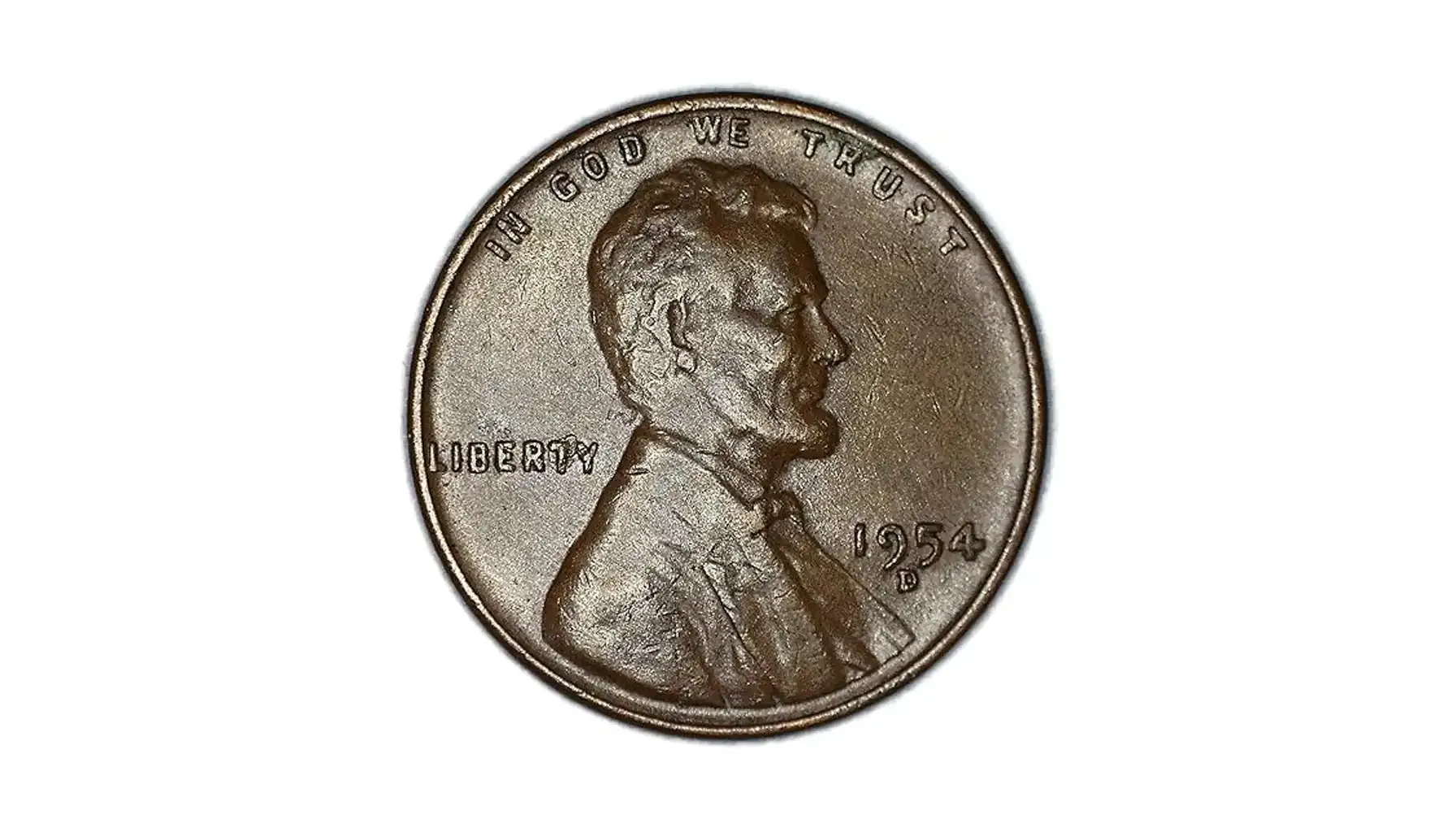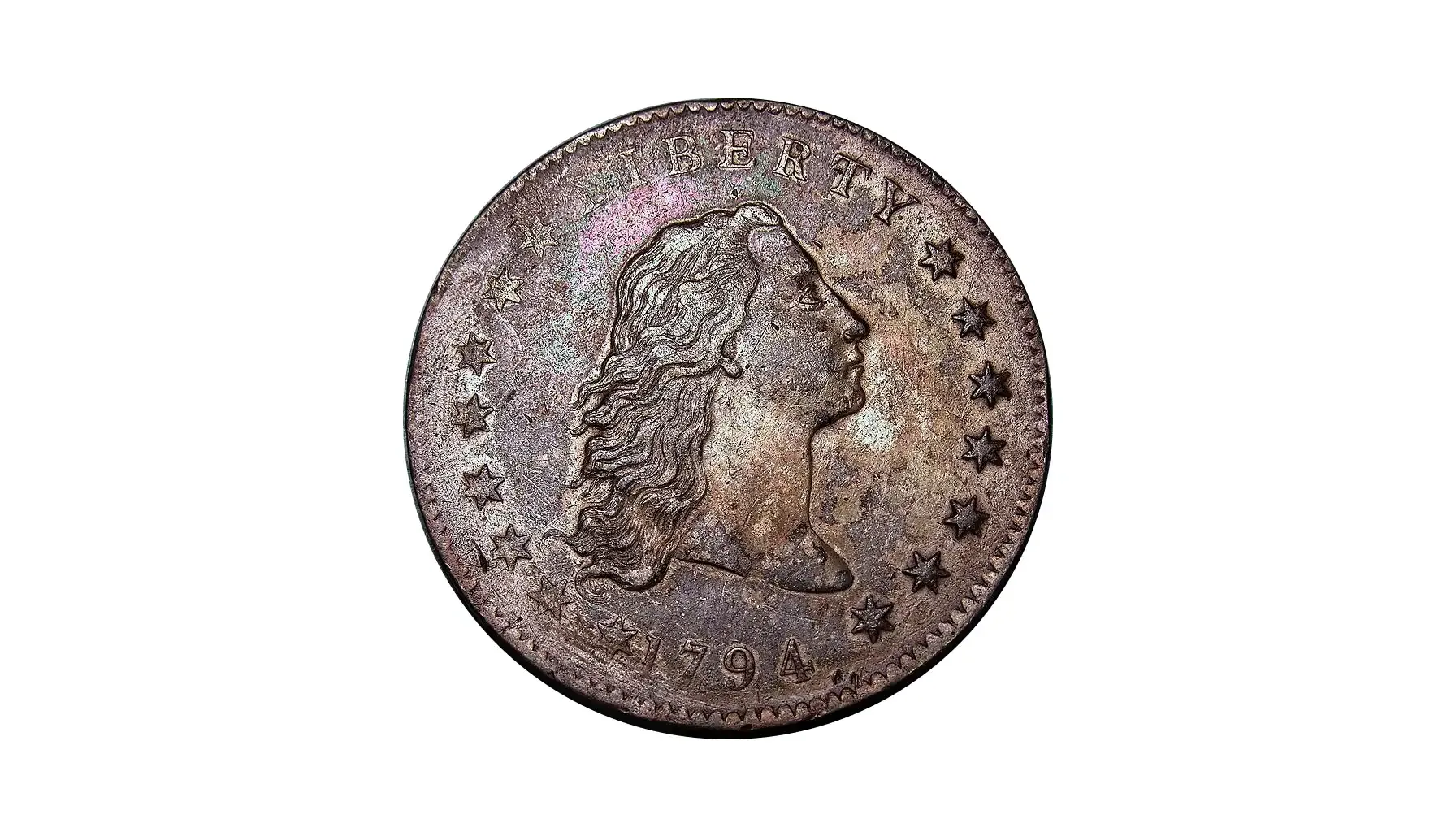Contents:
When thinking of coins, one instantly realizes metallic plates with inscriptions and small images on them; however, their forms, textures, and colorings may differ. Since these units of currency may fall into the group of man-made artistic wonders, those who design and develop their layout usually strive to create something “one-of-a-kind”, i.e., unique, and colorized quarters seem like the most indicative example of such an endeavor.
In this material, we are going to explore some notable (yet obvious) features of the colorized coins, develop an understanding of what these are like, and present a trustworthy experience on how to compile a collection properly and how to identify coins.
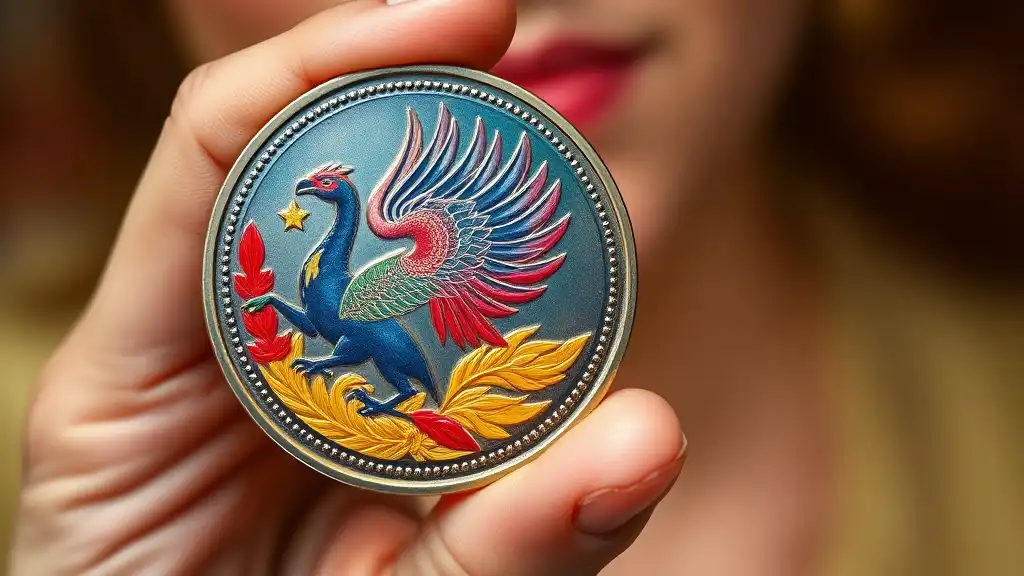
A Bit of History of the Colorized State Quarters
On a more official level, the idea of the colorized quarters first appeared in 1999, when the US Mint launched the 50 State Quarters Program. The essence of this program lies in the production of coins that were supposed to celebrate the unique aspects of each state, which was welcomed by both coin enthusiasts and usual citizens, too.
Although the Mint itself did not issue colorized versions of the coins, this was the invention of those who recognized validity powered by unique appearance and individuality. With the use of modern technologies, one applied color to the engravings and made them more appealing and unusual than ever. The most interesting part of this initiative is that authentication companies like PCGS and NGC accept these non-legal coins and provide them with all the necessary certificates when requested.
Anyway, colorized quarters are not confined to the above-mentioned program. The revival of the coins became a task for many collectors and those concerned about coin heritage, as this may prolongate the significance and popularity of some coins that were to disappear.
The Process of Colorization: Why and How?
Nowadays, the process of coin colorization is a relatively popular practice that makes the coins that might have lost their historical value more alluring and interesting for collectors. Hence, the primary motivation behind colorizing coins is to draw attention to what is ignored and missed. Indeed, it should be a fresh perspective, which is to attract the public and let these promising coins become valuable again. But how do they paint quarters coins?
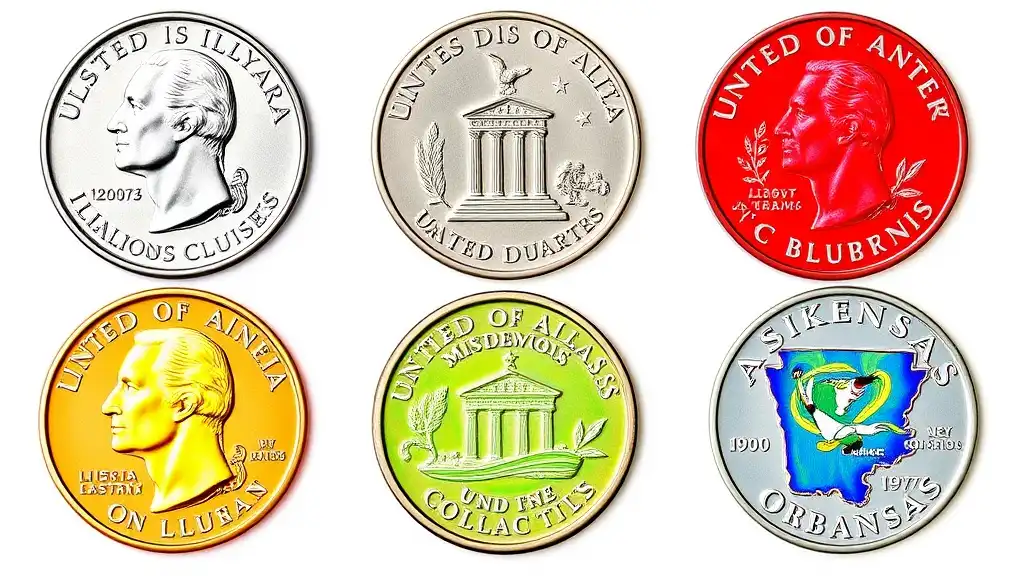
Before one begins, it is essential to develop a digital design based on the model of the coin, its condition, and personal preferences not to mention. Remember that the main goal of this endeavor is to enhance the key features but never hide the original image behind a new one. Once the design is finalized, it is time to proceed with the application process.
First of all, the coin should be carefully prepared by removing unnecessary particles and dirt with the use of special brushes and cloth. After that, using technologies like pad painting or UV inkjet printing, one should apply the color to the surface. The last step comes down to a curing process when a coin is put under UV light or heat to make it more durable and resistant. That’s it.
The Most Popular Painted Quarters Coins
Surely, there can be found dozens or hundreds of examples regarding colored US quarters. Nevertheless, some instances successfully managed to gain popularity and become even more valuable than ever. This is why it is important for one to get acquainted with several coins and their dates so as to understand which ones are to be significant and which ones are not to be.
Coin | Program | Year | Features |
California | 50 State Quarters | 2005 | Depiction of the naturalist John Muir and Yosemite Valley |
Hawaii | 50 State Quarters | 2008 | A picture of King Kamehameha I and the Hawaiian Islands |
Grand Canyon National Park | America the Beautiful | 2010 | An image of rock formations with the addition of earthy hues and bright skies |
Mount Rushmore National Memorial | America the Beautiful | 2013 | The famous faces of the presidents carved into Mount Rushmore |
Moon Landing 50th Anniversary | Commemorative Coin Program | 2019 | The presentation of astronauts, the surface of the Moon, and the American flag there |
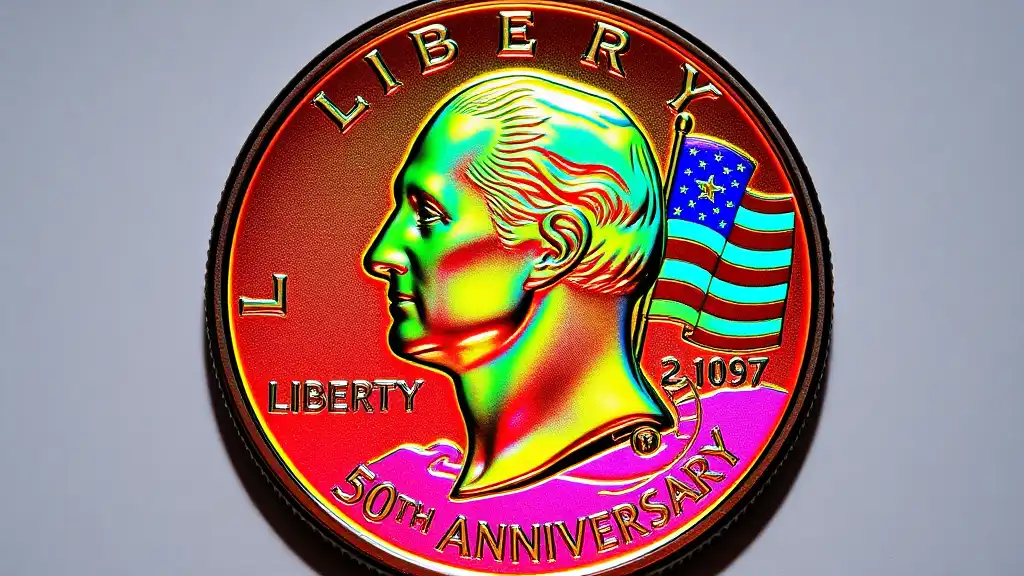
A Full Collection – Your Choices and Tools
Creating a collection is a hard yet manageable task that requires profound preparation and the acquisition of tools that are to make this experience even more captivating and easy enough as well. With a wide range of tools and instruments, your collection may become a great representation of state quarters colorized (with cultural features and a unique understanding of the coins behind them).
Among the most obvious instruments to obtain are magnifiers or loupes, as well as coin holders and numerous coin catalogs, for these are necessary for coin identification and defect detection at first. Apart from that, it is also beneficial to have a reliable application like Coins ID Scanner by your side. The latter is one of the finest ways to explore coins when limited in resources and time. So, what can you do with the help of Coin ID Scanner?
Identify coins with just one snap via the camera right in the app;
Keep track of your collection by inserting information about each instance in the log;
Learn more about collections, coin programs, and particular examples, e.g., you can get an answer to the question: “What is VDB penny meaning?”;
Spot errors and defects that may be valuable;
Communicate with other coin collectors and investors to share your experiences and know more about this sphere;
Receive news and invitations and never miss a chance to attend conventions and shows!
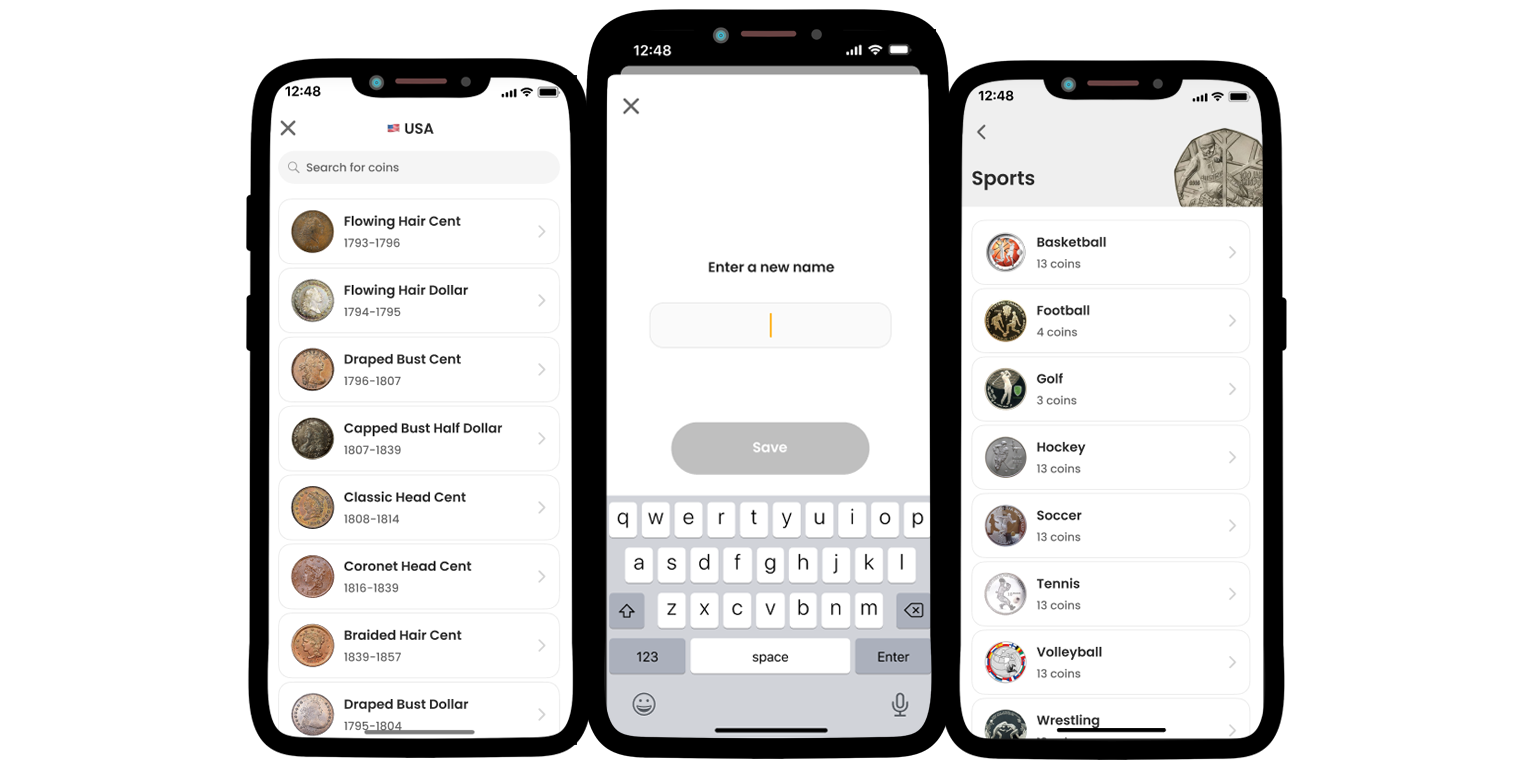
Discovering American history, culture, and artistic talent through the unusual and visually captivating hobby of collecting colorized quarters is always a great thing to do. However, putting your collection together and expanding it can be fun and fulfilling when you have the correct tools, such as coin applications and other relevant instruments. Enjoy the artistry and narrative hidden in the coins!

